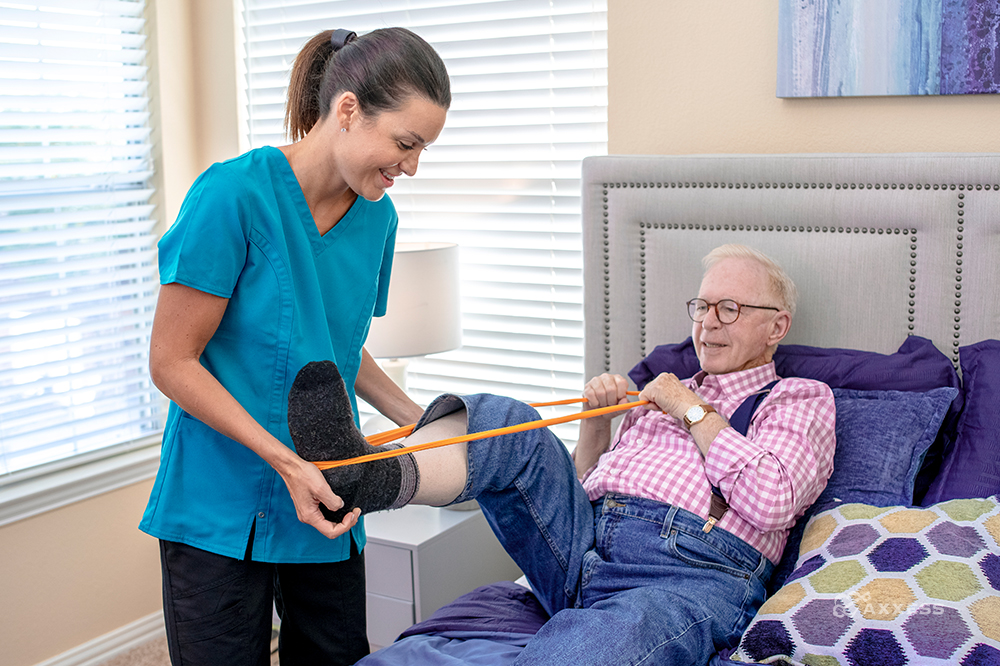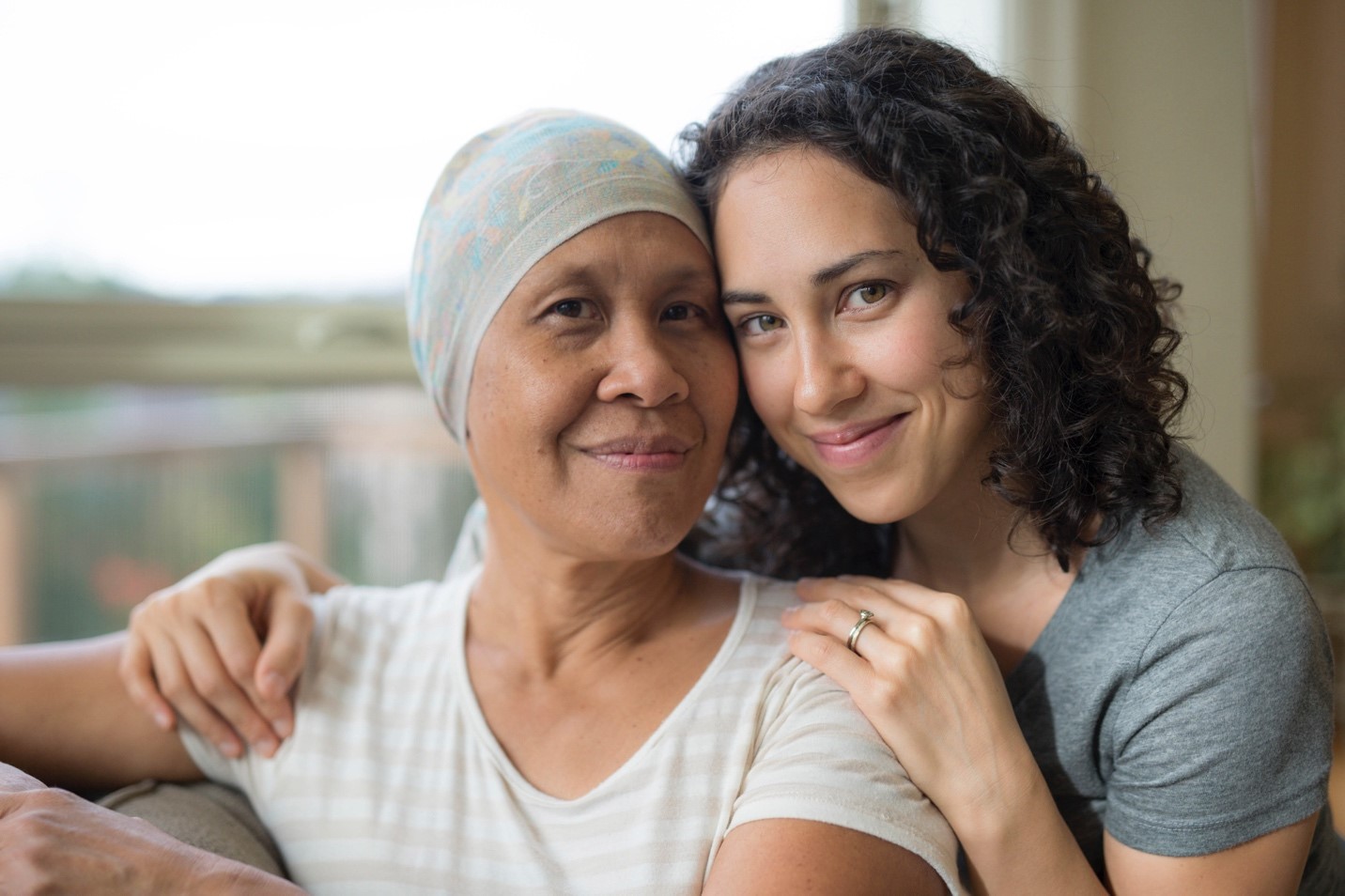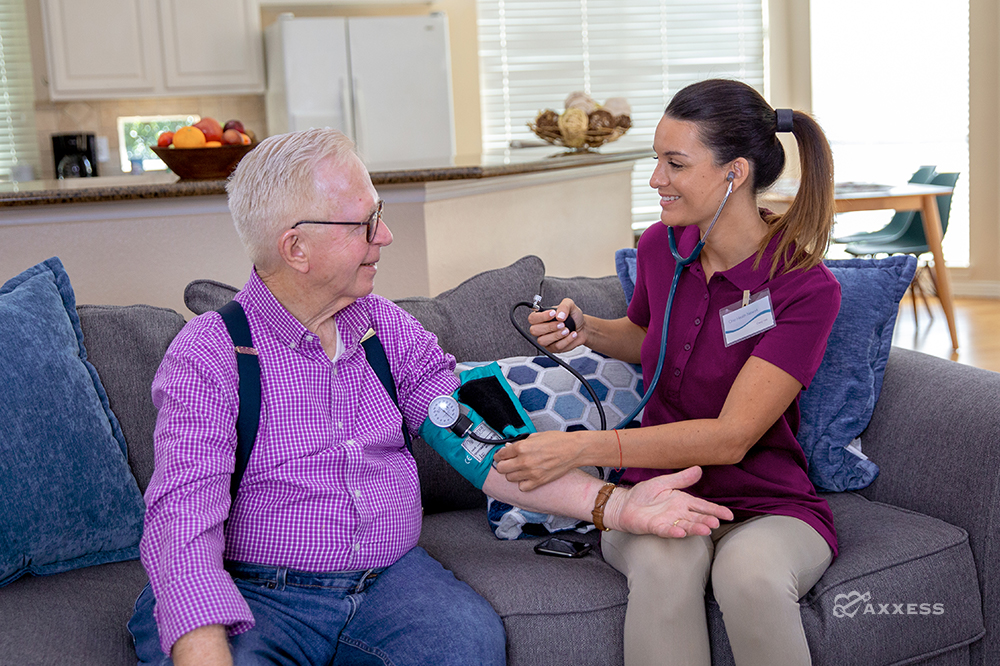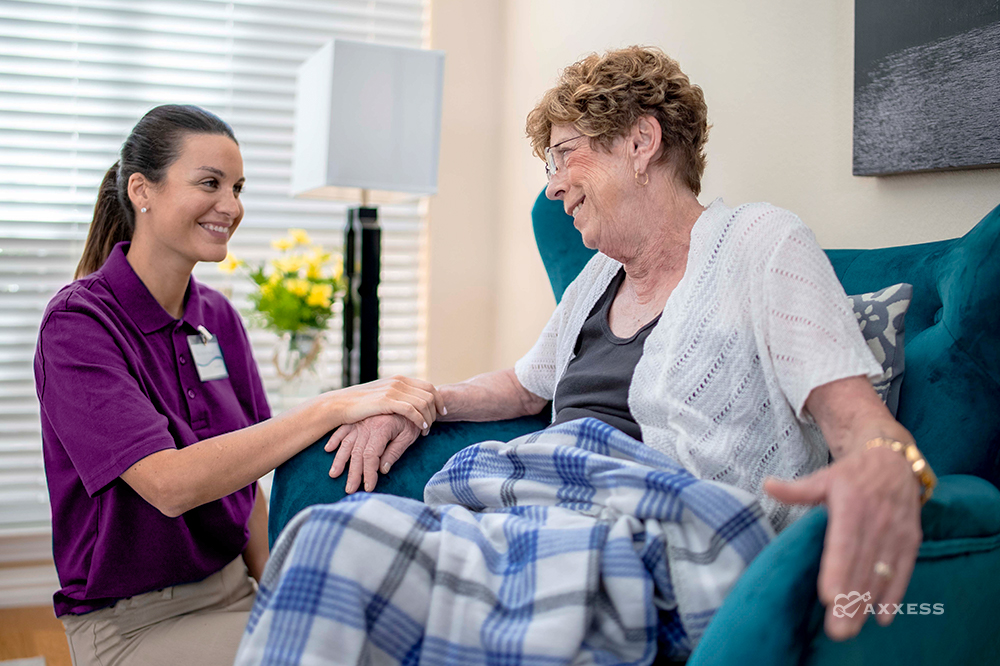Marketing your hospice organization is all about your message. When you target it to the right people using the right channels, you’ll help your hospice organization stand out from your competitors.
Words Matter
What is the strongest true thing you can say about yourself? Make a list of all the words you’d... Keep Reading
Therapy isn’t just for home health. Although physical, occupational, and speech therapy services traditionally focus on rehabilitation or recovery following an illness, injury or surgery, there is an opportunity for therapists to serve a small but important role on a hospice and palliative care team. It is understood that hospice... Keep Reading
Research shows that a majority of seniors want to remain in the familiarity and comfort of their home as they age. To help make this happen, it’s important to have a network of reliable community services available. One organization that helps make this a reality for seniors is Meals on... Keep Reading
The new Patient-Driven Groupings Model is upon us but Axxess has been preparing for this historic change for more than a year and a half. As PDGM took shape, our team consumed every resource, analyzed all available data, and participated in as many webinars from industry thought leaders as possible.... Keep Reading
The Consumer Assessment of Healthcare Providers and Systems (CAHPS) Hospice Survey empowers hospice organizations by attracting referral sources, driving business growth, and sustaining compliance with industry regulations, including the current pay-for-reporting requirements and the shift to value-based care on the industry’s horizon. By evaluating hospice patient and caregiver experiences, the... Keep Reading
Many physicians face a conundrum. While their extensive years of training emphasize providing care, treatments, and intervention in order to maintain life, the truth is, death is inevitable and a reality we all must face. According to Dr. Timothy Ihrig, a palliative care specialist and chief medical officer at Crossroads... Keep Reading
The Centers for Medicare and Medicaid Services (CMS) is looking for hospices to help them develop the new assessment tool for hospice providers. The Hospice Outcomes and Patient Evaluation, or HOPE, as it is referred to by regulators, is the second version of a Medicare hospice assessment tool. The first... Keep Reading
There are two things that all humans have in common. Someone we love will die and someday we will die. Although death is an experience that we all share, it is a topic that is largely taboo, and for which people are often wholly unprepared. Discussing death makes people uncomfortable,... Keep Reading
In a recently published Final Rule, CMS clarified the new regulatory guidelines for hospice emergency preparedness. The rules were part of a larger group of changes that are designed to relieve compliance burdens that have taken up time and resources that can now be used to improve the quality of... Keep Reading
For many people, the holidays are a time of togetherness and celebrations with friends, family, coworkers and community. However, many people struggle with depression at the holidays. Many patients have the additional burden of social isolation, impaired health status, and inadequate social support systems in place for helping manage... Keep Reading
As those in the home healthcare industry know, the elder population is growing exponentially, and so too is their need for care. One of the more innovative programs available to help seniors age in place has actually been around for more than 50 years. The Program of All-Inclusive Care for... Keep Reading
In a recently published Final Rule, CMS outlined five regulatory changes that are designed to relieve compliance burdens that have taken up time and resources that can now be used to improve the quality of care for hospice patients and their loved ones. The Regulatory Provisions to Promote Program Efficiency,... Keep Reading











